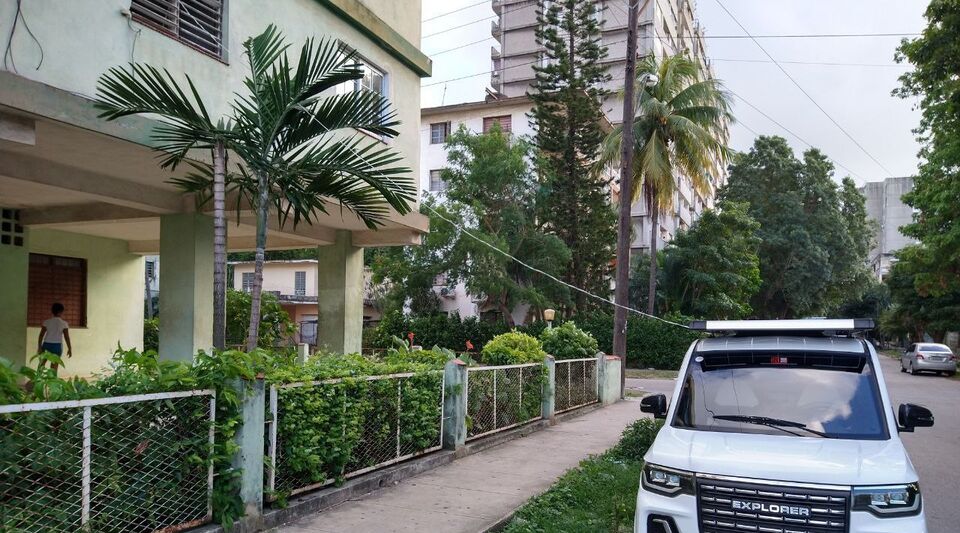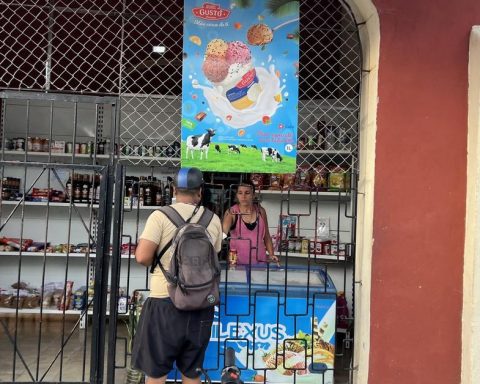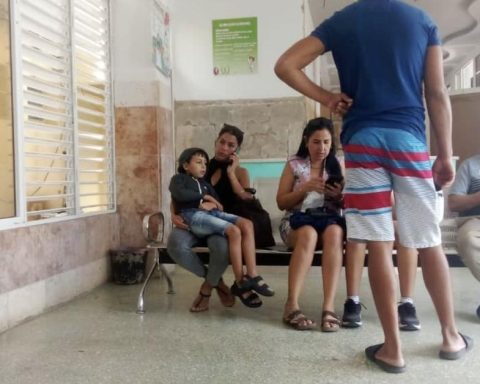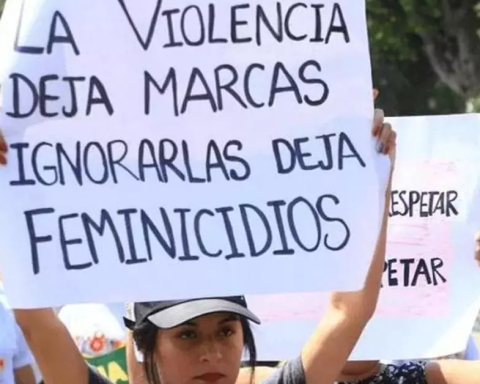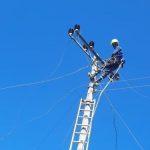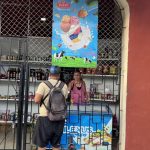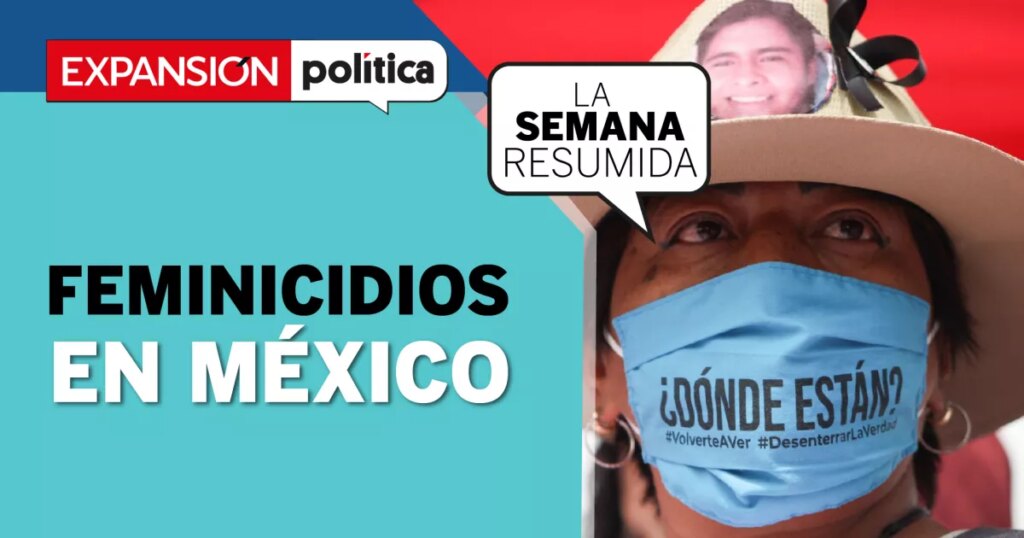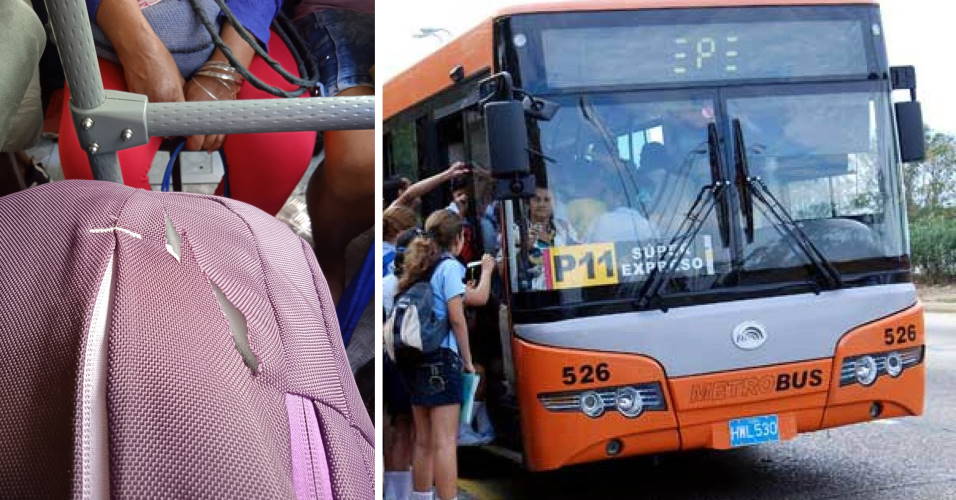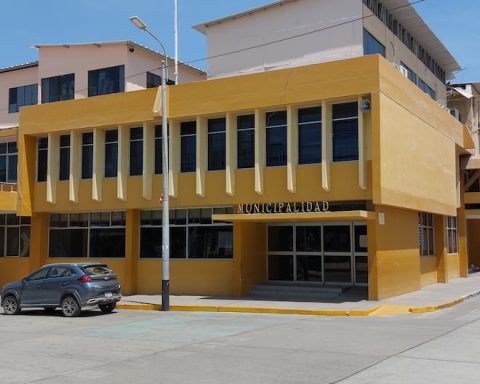Long extension cords or power lines are as common to Cubans as blackouts. With several meters of cable that go from one block to another, it is possible to alleviate the lack of current or light an entire illegal neighborhood without poles or timers. Now, they are also helping to charge the electric vehicles that little by little are beginning to have a presence on Cuban streets.
Motorcycles, tricycles and quadricycles are part of this park that does not need fuel to move but needs to be connected to electricity, an increasingly unstable service on the Island, due to the poor technical condition of the power plants. “I paid almost 7,000 dollars for this tricycle and although I like it a lot, sometimes it is a headache to put it on charge,” admits Liam, a young man from Havana who makes a living delivering food to homes.
“I live on a high floor, so I can’t take the tricycle, fold it in half, put it in the elevator, and plug it into the outlet at home.”
“I live on a high floor, so I can’t take the trike, fold it in half, put it in the elevator, and plug it into the outlet at home. The battery is also heavy to carry around,” he complains. The delivery man. “I have managed to get a neighbor to pass me a cable from her balcony and I pay her a monthly amount for the service,” he details. The scenes of that power line hanging from a terrace until reaching a shiny vehicle parked on the street are increasingly common.
Although for months the authorities announced that they were working on the installation of photovoltaic panels in places that would ensure the charging of these vehicles with 100% renewable energy, the process has been slow and only a few points have been enabled for vehicles of state companies. . “You have to finish, yes or yes, loading the tricycle at home, but that’s a box of surprises, because you don’t know when you’re going to have a blackout,” laments Lisandra, a resident of the city of Ciego de Ávila.
“What we do is that if we don’t have electricity in our neighborhood, we try to go to another to connect it,” he adds. “For that we have to go everywhere with an extension several meters long just in case.” The old electric clothesline, which has saved so many Cubans from long hours in the dark or punishment from the Electric Union, is now also helping them get around. “Pass me the cable across the balcony to charge my car” no longer sounds like a weird phrase on Blackout Island.
________________________
Collaborate with our work:
The team of 14ymedio is committed to doing serious journalism that reflects the reality of deep Cuba. Thank you for joining us on this long road. We invite you to continue supporting us, but this time becoming a member of our journal. Together we can continue transforming journalism in Cuba.
